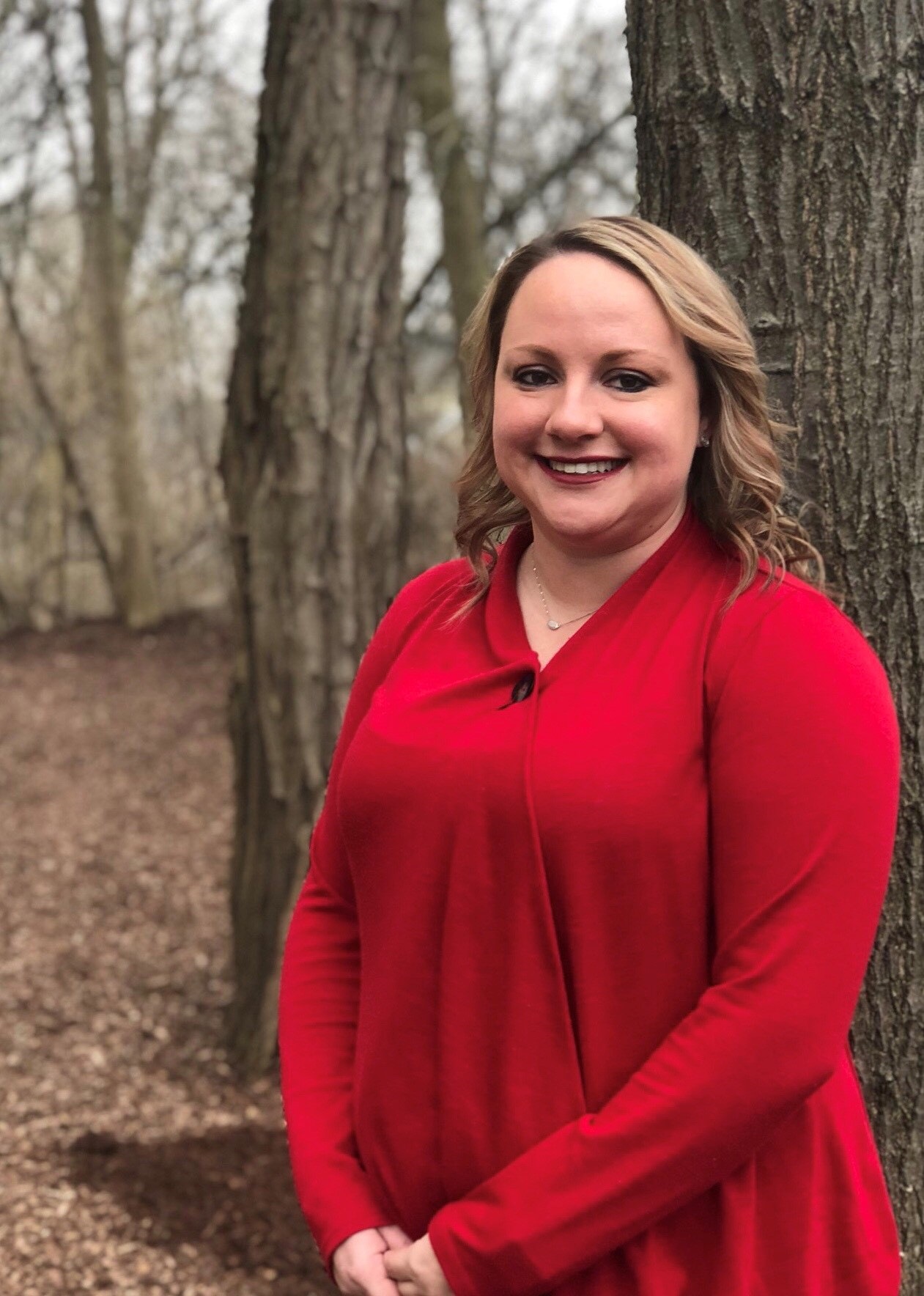- Calls to this hotline are currently being directed to Within Health, Fay or Eating Disorder Solutions
- Representatives are standing by 24/7 to help answer your questions
- All calls are confidential and HIPAA compliant
- There is no obligation or cost to call
- Eating Disorder Hope does not receive any commissions or fees dependent upon which provider you select
- Additional treatment providers are located on our directory or samhsa.gov
The Dark Side of Instagram

Contributor: Samantha Hicks, MA, LCPC, CADC – Director of Individual and Family Therapy at Timberline Knolls Residential Treatment Center
As definitions go, a buddy is a companion, a friend. Buddy is also frequently used as a term of affection, typically for a male child. A mother might say, “Come on, buddy, time to go to bed.”
Today on Instagram, when preceded by the letters Ana, buddy becomes a word far more associated with potential death than endearment. Because Ana is code for anorexia, when a girl or teen is looking for an Ana buddy, she wants someone to assist her in eating as little as possible each day and she is using graphic images for support. Yes, that is a genuine goal for many young people throughout first-world countries in 2019.
The UK is an example of this phenomenon. In 2018, there were more than 2,000 admissions to hospitals in England for children aged 15 or under suffering with eating disorders. This number was up by 163% since 2011.
There is no doubt that social media is involved. A BBC investigation discovered the extent to which children were sharing weight-loss stories, graphic images, and advice regarding how they could intensify their own illness on Instagram. This included photos of hospital bracelets and feeding tubes showcased as true badges of honor in terms of their dedication to the disease.
The platform was rife with graphic images of emaciated bodies, advice regarding extreme dieting, hashtags and search terms that ultimately encouraged engaging in anorexia and bulimia. Additional content provided tips and suggestions on how to ensure that parents remained in the dark as to the child’s self-destructive behaviors.
Instagram, which is owned by Facebook, came under increased scrutiny in the wake of a 14-year-old girl completed suicide after viewing self-harm images on the site. Company representatives, who have always claimed that pro-eating disorder content is prohibited, now insist that a wide-ranging review is in place along with a commitment to removing all graphic images of self-harm from the platform.
At Timberline Knolls, residents cannot have electronics while in residential treatment. However, phones are allowed in our partial hospitalization program. In addition to discussing the graphic images and negative implications of social media on our self-image and living in recovery groups, a primary therapist and client may establish a usage contract.
 Such agreements limit cell use to specific times during the day. No screens are permitted during meal time. Once a client leaves our care, it is not unusual for her to permanently delete certain platforms altogether, recognizing their inherent toxicity.
Such agreements limit cell use to specific times during the day. No screens are permitted during meal time. Once a client leaves our care, it is not unusual for her to permanently delete certain platforms altogether, recognizing their inherent toxicity.
By definition, young people afflicted with an eating disorder are compromised on many levels: physical, emotional, and importantly, social. They may be isolated, and therefore, in need of friends, a peer group to identify with, one that can provide support.
They are extremely vulnerable and easily fall victim to the darker side of social media and graphic images of eating disorders. Since we cannot count on the Internet to regulate itself, those with children and teens must be inordinately vigilant to keep their family safe.
About Our Sponsor:
Timberline Knolls Residential Treatment Center provides quality, holistic care to women and adolescent girls ages 12 and older. We treat individuals struggling to overcome eating disorders.
About the Author:
 Samantha Hicks, MA, LCPC, CADC – Director of Individual and Family Therapy at Timberline Knolls
Samantha Hicks, MA, LCPC, CADC – Director of Individual and Family Therapy at Timberline Knolls
“The best part of my job is getting to support our individual and family therapists as they work with all of our residents to build a meaningful life.” In her role, Samantha oversees the therapist staff at Timberline Knolls. She also works with management to focus on issues related to compliance, program development and inter-departmental collaboration.
The opinions and views of our guest contributors are shared to provide a broad perspective of eating disorders. These are not necessarily the views of Eating Disorder Hope, but an effort to offer a discussion of various issues by different concerned individuals.
We at Eating Disorder Hope understand that eating disorders result from a combination of environmental and genetic factors. If you or a loved one are suffering from an eating disorder, please know that there is hope for you, and seek immediate professional help.
Reviewed & Approved on June 4, 2019, by Jacquelyn Ekern MS, LPC
Published June 4, 2019, on EatingDisorderHope.com

The EatingDisorderHope.com editorial team comprises experienced writers, editors, and medical reviewers specializing in eating disorders, treatment, and mental and behavioral health.

